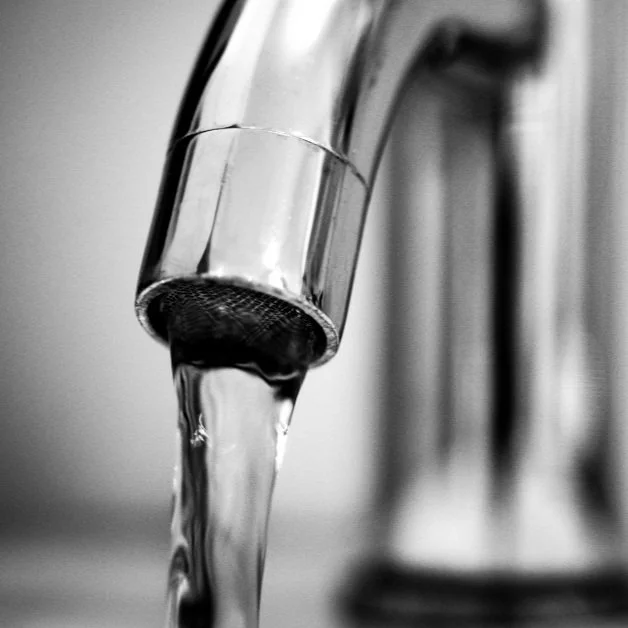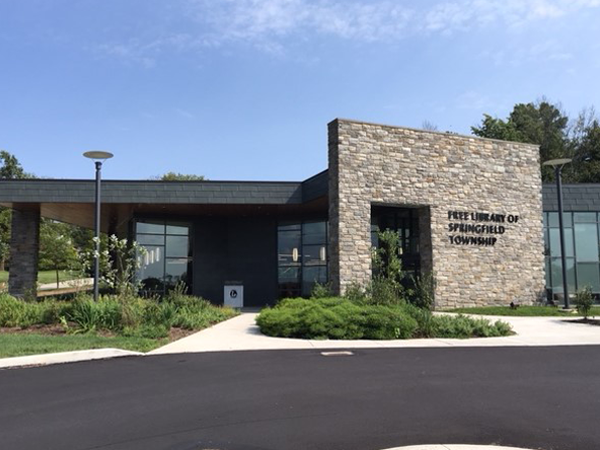Enhancing Piping Longevity: Nitrogen in Fire Sprinkler Systems
/Fire sprinkler systems play a crucial role in safeguarding facilities from the devastating effects of fires. For building owners who rely on dry pipe or pre-action sprinkler systems, a strategic switch from compressed air to nitrogen proves to be a functional solution for maximizing the lifespan of their piping systems. This article delves into the benefits of this transition, highlighting the vulnerabilities to corrosion, and the positive impact nitrogen generators can have on extending system life.
Understanding your Fire Protection:
Sprinkler systems are a critical part of your fire protection system. Known as an automatic extinguishing system (AES), the risk of injury or death due to a fire is significantly higher in structures without an AES than those with one. The CDC states that between 2015-2019 sprinkler systems were 97% effective in preventing fires. Of the thousands of calls that fire fighters respond to, only 10% had sprinkler systems in place.
The most commonly known setups are wet systems which are connected to several pipes and a high-pressure water system. These systems use a heat sensor bulb that when heat above 165 degrees Fahrenheit is detected, will break and release water, extinguishing a fire in its infancy stage. However, the wet system, while often the least costly, is not conducive to all environments. There are in fact four different types of sprinkler systems that the National Fire Prevention Agency (NFPA) permits: wet, dry, pre-action, and deluge.
Dry Pipe and Pre-Action Sprinkler Systems
Dry pipe systems are often deployed in spaces susceptible to freezing temperatures, such as unheated warehouses, commercial freezers, and outside loading docks. A dry system functions similarly to a wet system, however, the water is not filled in the pipes. Here, the water is held away from the sprinkler behind a dry pipe valve. When the heat bulb is broken, air is released and pressure in the pipes drops which ultimately breaks the valve, releasing the water.
Pre-action systems, on the other hand, find application in data centers, museums, and archive spaces where an added layer or supervision is necessary to prevent unwarranted water discharge. Here, the system is interlocked with a fire detection system so that two events are needed before water is discharged. The heat detection will break first. Then, as temperature increases, the bulb will break, and water will be released in a similar manner as the dry system would. This added step allows for extra protection from unwanted water flow.
Corrosion Challenges:
Corrosion occurs when there is water, oxygen, and metal present. In a sprinkler system, corrosion is a heavy concern as it can lead to pipe leaks, reduced water flow, or even render the system completely unusable.
While most think that wet systems are the only ones at risk for corrosion, in fact dry and pre-action systems that lean on compressed air also hold the same risk. Both dry pipe and pre-action systems have historically relied on compressed air for operation. However, using small air compressors without additional treatment results in wet air inside of the piping. This water vapor will condense in freezing temperatures, leaving water in the metal piping and subjecting pipes to corrosion.
The absence of or limited exposure to any of the three elements corrosion needs (water, oxygen, metal) will slow down or totally prevent the process from occurring.
Nitrogen as a Corrosion Mitigator:
To combat corrosion in dry and pre-action systems, the fire protection industry has turned to nitrogen generators to fill the system with a dry inert gas. Nitrogen, typically dry with a dew point below zero-degree Fahrenheit, eliminates water vapor condensation within the piping. Additionally, nitrogen has minimal oxygen content, further reducing corrosion-promoting elements. This dual action significantly lowers the potential for corrosion, ultimately extending the life of the piping system.
Switching from compressed air to nitrogen in dry pipe and pre-action sprinkler systems provides several advantages. The absence of water vapor and reduced oxygen content substantially mitigates corrosion, enhances the overall longevity and increases the lifespan of this lifesaving piping system. The decision not only addresses corrosion concerns but also aligns with industry best practices for fire protection. As the fire protection landscape evolves, this strategic shift ensures that building occupants can rely on the systems for extended period, fostering a safer and more secure environment.
For additional information contact us:
Andrew Wengerd, PE, CFPS, LEED AP | andrew.wengerd@ssmgroup.com



















Oil water separators (OWS) are a vital part of protecting the environment from hydrocarbon releases. Although typically out of sight and mind, they quietly do their part when properly maintained. The coalescing media is the essential element for attaining acceptable oil discharge limits. However, the coalescing media is also most susceptible to solids obstructing proper oil separation. When solids and hydrocarbons are not removed regularly, they can cause unwanted sludge buildup in the system and poor effluent characteristics.